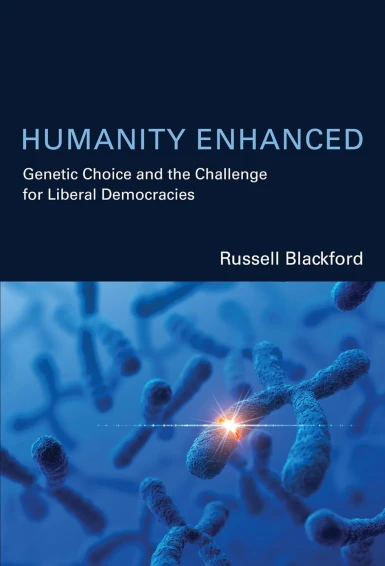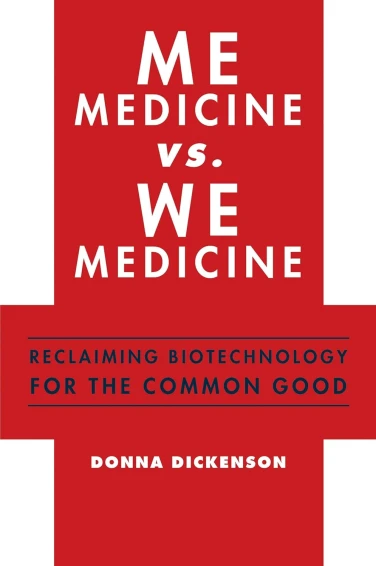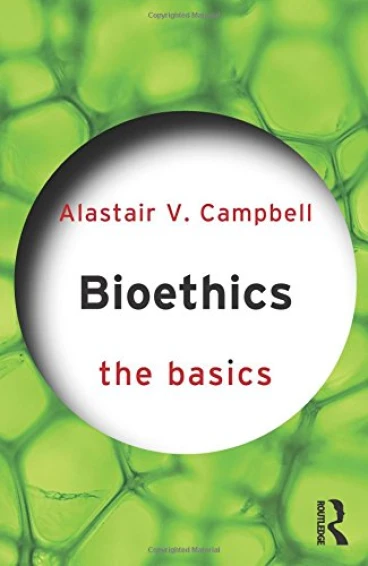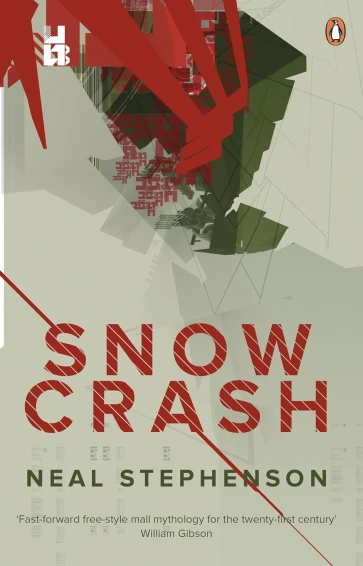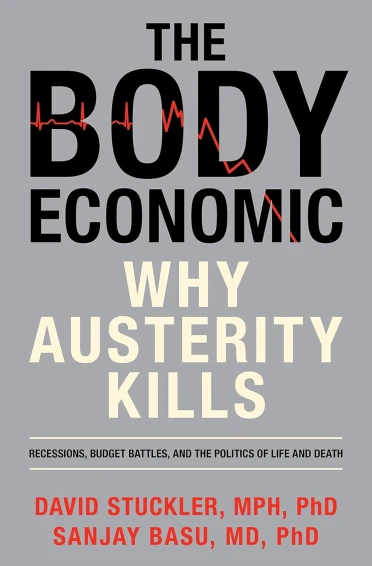
By Nicholas Carr
Atlantic Books: London, 2010
ISBN 978-1-84887-225-7
RRP: £17.99
224pp (hb)
Author of the earlier book The Big Switch: Rewiring the World from Edison to Google, American writer Nicholas Carr’s latest book, The Shallows: How the internet is changing the way we think, read and remember is a book which turns the spotlight onto the role and influence of the internet on not only our daily lives but also our daily thinking. The book has already sparked much attention and critical acclaim as a result of an article Carr wrote for the magazine The Atlantic entitled "Is Google making us stupid?” which laid out the main points of Carr’s argument. The Shallows seeks to expand upon this in more detail.
In short, Carr believes that as a result of the near constant exposure and engagement with a multiplicity of data the way our brains function is being changed. Exploring the plasticity of the brain, probably one of the key strengths of the book, Carr proceeds to argue that as a consequence of our exposure to the internet our capacity to absorb and retain what we read is being lost, causing us to live more in the ‘shallows’ as opposed to the depth of intellectual thinking and learning. Whilst I do take issue with some of Carr’s argument, in essence the take away value of the book is found in its message to give careful consideration to the way in which we engage with technology.
Structure and focus
The book consists of ten well written chapters. Carr’s writing style is engaging and fluid showing a great adeptness at utilising and weaving together contemporary research to augment and support his argument. At certain points throughout the book there are short ‘digressions’ which allow the author to digress on related points. After a while these sections, whilst helpful, become irritating and an obstacle to the flow of the rest of the book. Weaving this text into the chapters or simply forming a complete, stand alone chapter on their own may well have been a better approach to adopt.
In terms of categorisation this book would probably fall into the category of technology/popular science. It does not expect the reader to have a professional or academic grounding in the subject to fully engage with the material. Consequently most people will probably find it an easy book to pick up and read. Those with an interest in the future of technology particularly the realm of IT will find the book particularly interesting as will those involved in the field of sociology. Nevertheless, given the focus Carr takes on brain functioning and the attention paid to advances and research in the field of neuroscience, the book’s appeal would also reach to those involved in the fields of psychology and neuroscience. In fact, I would strongly encourage those involved in these fields to read the book considering the need to engage with the consequences of the internet on our lives.
‘Noise’ and fragmentation
Carr establishes some context for his arguments by looking back over the historical development of such human inventions as the map, the clock and the typewriter. He frames this analysis by addressing how these inventions have helped to influence the way in which we think. From this place, he proceeds to argue that the internet with its “cacophony of stimuli” is giving rise to “cursory reading, hurried and distracted thinking, and superficial learning". This is in direct contrast to the age of the book which helps to foster ‘deeper learning’.
This level of cursory reading also leads to fragmented learning. The breadth of information and data available at our fingertips may well seem vast but the depth of understanding is relatively poor. Whilst reading a web page we jump from hyperlink to hyperlink on a seemingly never ending journey which leads us from one rabbit warren to another. Carr utilises a range of evidence to support his various points but perhaps one of the more convincing comes from a 2008 study that reviewed 34 million academic articles published between 1945 and 2005. While the digitisation of journals made it far easier to find this information, it also coincided with a narrowing of citations, with scholars citing fewer previous articles and focusing more heavily on recent publications.
Furthermore, as a direct consequence of this fragmentation, Carr also argues that our levels of concentration are also being slowly worn down. Given the vast stimuli available to us through the internet we find it very difficult to concentrate on any one thing when we face a constant barrage of emails, RSS feeds, Twitter status reports and Facebook friend requests. All of this gives rise to what blogger Cory Doctorow terms as an “ecosystem of interruption technologies”. The craving for the latest of the latest information compels us to surf the web all the more.
The other side of the argument
What does seem lacking in this book is a sense of at least a cursory nod in the direction of other perspectives which might contrast with the views of Carr. Obviously he is writing a book in order to advance his views and so no-one would expect him to critique his own perspective to such an extent that he renders it of no value or standing. However, to at least include a cursory discussion of other perspectives would be helpful.
A case in point would be the consideration and discussion of scientific research which actually concludes that the change the internet is bringing about in terms of brain function and the way in which we think is actually a good thing for the mind. Clearly, Carr would disagree but why?
Take for example the cognitive effects of video games. A 2009 study found that gaming actually led to significant improvements in performance on various cognitive tasks, from visual perception to sustained attention. A study published in Nature in 2003 even concluded that after subjects showed dramatic increases in visual attention and memory after playing Medal of Honour after just 10 days of playing.
Moreover, the 2009 study by neuroscientists at the University of California, Los Angeles, found when comparing with reading “a book like text” and Google searches, increased activity was found to take place in the dorsolateral prefrontal cortex. This area of the brain has been linked to skills such as selective attention and deliberate analysis; skills that Carr argues have vanished in the age of the Internet.
Given these points, I was led to do some Google searching of my own in order to learn more about the author. I found that Carr is in his fifties. His age particularly struck me – not because I am an ageist – but simply of where it places Carr in terms of his generational affiliation. Does Carr’s argument actually mark him out as an older user of the web? Would these thoughts differ if someone younger had written the book?
When one takes times to reflect on Carr’s writings and how he describes his own personal experience of engagement with the internet, it focuses a lot on research, visiting web pages, emailing and blogging. Interestingly, throughout the book very little consideration or discussion is made of in relation to online gaming experiences and virtual reality environments such as Second Life. The key here is about immersion and engagement and points more to the domain of Web 2.0 and beyond. Admittedly, it is this point that generates the most criticism in terms of excessive immersion and engagement that leads to addiction. Paradoxically to Carr’s line of argument, research in this area would suggest that in order to play successfully it requires a considerable level of concentration. Discussion of this aspect of the internet would have been interesting for Carr to address in terms of his argument of us heading to towards the ‘shallow end’.
How we read
I, like other reviewers before me, identify the most striking point The Shallows is its cultural analysis of the impact of new technologies. The particularly fascinating parts of the book was where Carr reviewed the rise of the written text which led to the decline of oral poetry and the invention of movable type supplanted the market for illuminated manuscripts. In like manner, contemporary research is pointing towards the internet supplanting the desire to read books. As someone who enjoys reading but also the benefits of researching online this part of the book’s message served as provocation for me to consider the impact of technology on my reading skills, particularly as I weigh up the advantages and disadvantages of whether or not to purchase an e-book reader! There is no doubt in my mind that the way in which I read (and others) read online has changed as a result of the type of medium the internet is. However, my response is one that would seek to try and maintain skill and competency of reading books as well. If there is evidence to suggest that to a certain extent our engagement with the internet is a positive benefit, then a re-evaluation and restructuring of our engagement with the net is the preferred option as opposed to wholesale rejection?
The Church of Google?
Specifically in chapter eight - entitled ‘The Church of Google’ - but also running throughout the book is the author’s analysis and commentary on the impact of Google and its fascination with data mining. Carr’s survey of how Google has effectively adapted the principles of Taylorism and brought everything down to the level of algorithms in order to manipulate data is intriguing. This chapter will particularly appeal to sociologists interested in the sociology of work but also in the wider impact of technology on society. Clearly the model Google has adopted has proven to be highly successful in terms of making data and information the highly prized commodity, particularly when one considers the Google Book Search. Yet the fascination with data is one which would be well worth taking the time to consider further, given the developments in artificial intelligence, neuroscience and the understanding of brain function. Putting Carr’s more wild statements to one side, his comments on Google’s relationship with data and its “belief that intelligence is the output of a mechanical process, a series of discrete steps that can be isolated, measured and optimised” surely warrants serious consideration in terms of the human future. Quite rightly Carr asserts that given such a foundation it is all to easy to make the transition to regarding the human brain as just an outdated computer in need of an upgrade and “better algorithms to steer the course of its thought” (p. 173). At this point, Carr quotes George B. Dyson who has said that efforts which allow humans to get the most out of computer networks in actual fact make it easier for computer networks to 'operate' human beings more easily.
Some might dismiss this as scare mongering or luddite-style comments. Nevertheless it is these kinds of provocations contained in The Shallows which give the book its value and importance in helping to frame and lead the discussion on the adoption of new technologies. Whilst the precise way in which the internet is changing us and whether this is for good or bad may be up for debate, the one thing that is certain and which The Shallows demonstrates is that it is changing us. Consequently we need to consider the future trajectory of this transformation…..before it is too late and we have reached the shallow end of our thinking where we may not even notice the difference!
The text on the flap of the dust jacket states that “The Shallows is not a manifesto for luddites, nor does it seek to turn back the clock. Rather it is a revelatory reminder of how far the Internet has become enmeshed in our daily existence and is affecting the way we think”. This is true. Whilst at points Carr may over-egg the situation in attempts to make his point, he nevertheless maintains the focus on illuminating the issue as opposed to sounding an out right attack on the internet. Carr helps to turn the light on brightly on a technology which has already become part of our daily lives but the impact of which continues to spread.




